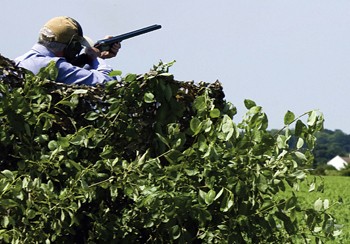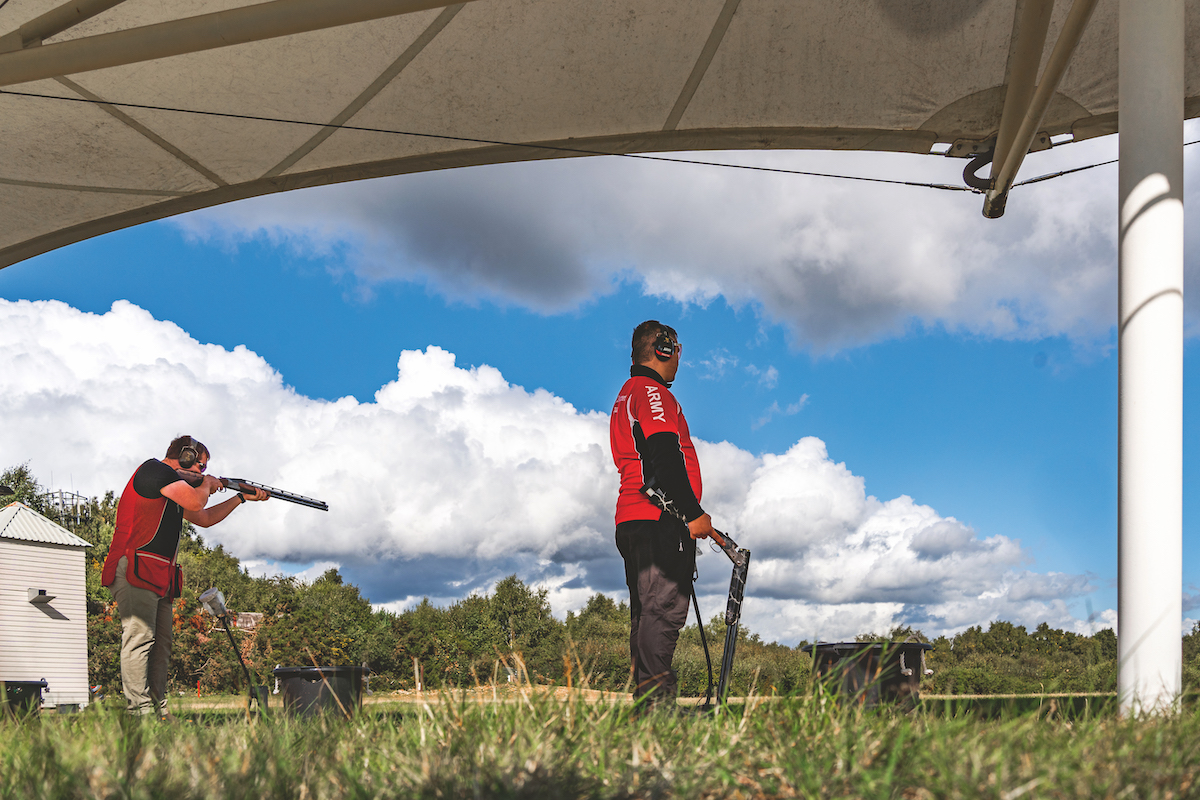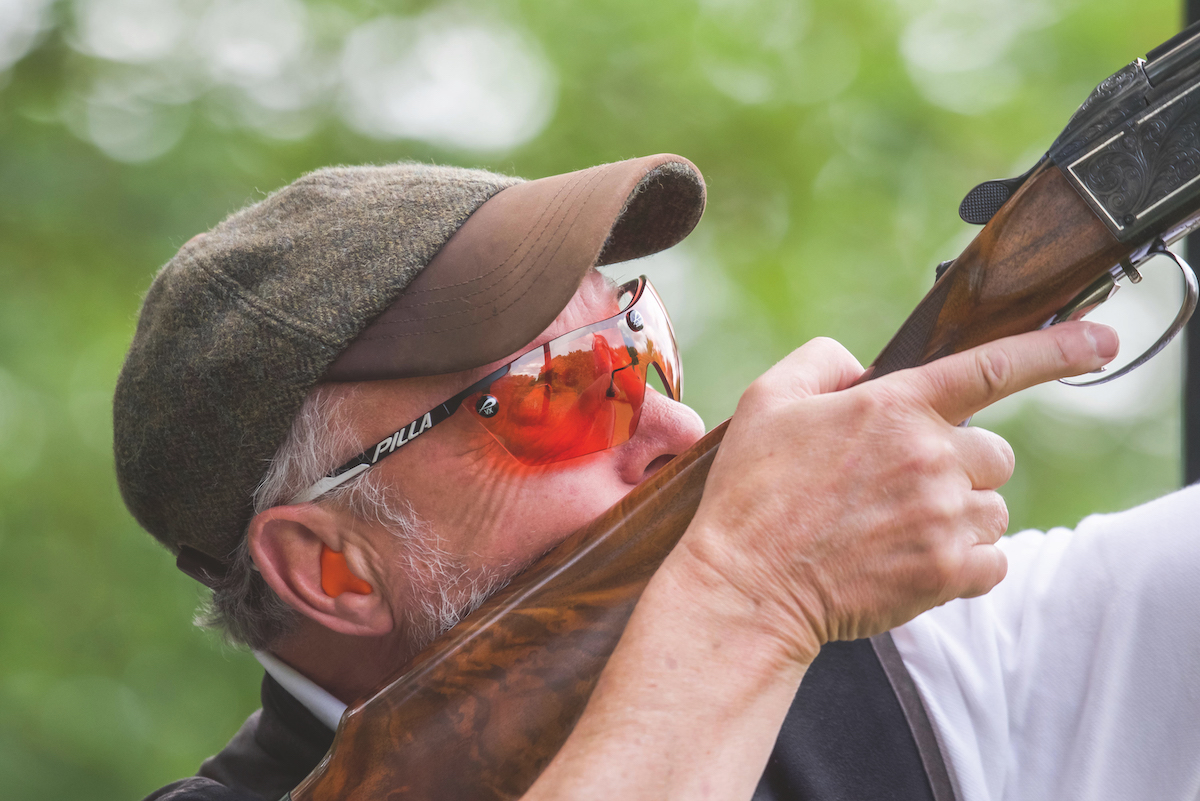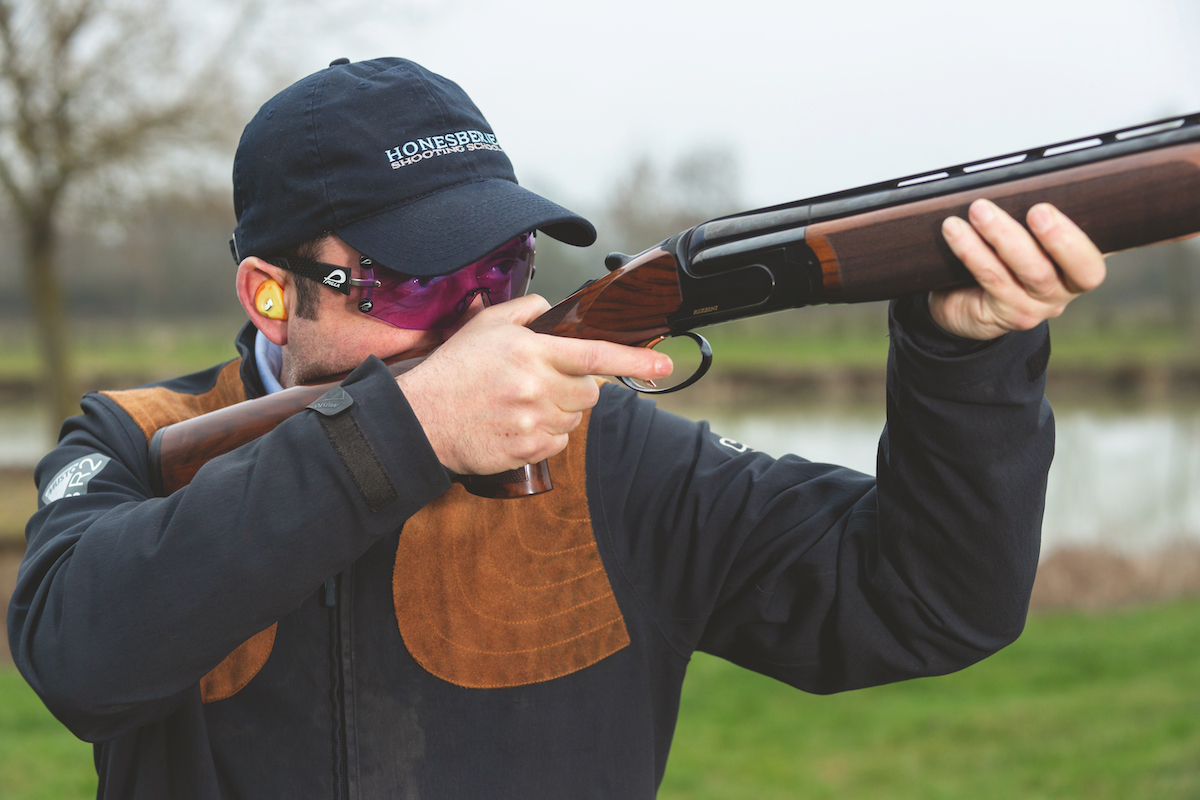Pigeon shooting over peas!

When I started pigeon shooting in my late teens I knew virtually nothing about the bird, save what I had learned from reading Archie Coats’ famous book on the subject.
What I did quickly realise, though, was that to shoot decent bags you had to have access to farmers who grew peas.
At that time it seemed the very life cycle of the woodpigeon revolved around the eating of peas at some stage in their growth.
From late March when they were sown, to mid September when the stubbles were ploughed in, farmers waged a continual war to try and prevent the voracious woody from scoffing their profits.
In some parts of the country many farmers simply gave up the struggle and refused to grow peas, fed up with seeing their plants go down the throats of pigeons.
The arrival of oilseed rape, in the mid 1970s took the pressure off peas to a large extent, as pigeons now had a tasty alternative on which to focus their attention.
PEAS ARE BACK
Today, though, peas are back on many farmers’ rotation plans as they’re still a brilliant break crop that enables growers to put some heart back into the soil before the next crop of wheat.
Also, being a spring-sown crop, peas help spread the workload of the farm. So are peas still any good for shooting pigeons on?
The short answer is an emphatic ‘yes’ – though a few things have changed since I shot my then record bag of 22 on drillings in 1966.
Perhaps the biggest change is in the efficiency of modern seed drills. In those days, there were often more peas on the surface, than there were under it!
Consequently, it was possible to let pigeon numbers build up over a period of several days, or even weeks, in the case of large fields.
It was not unknown to shoot a field four or five times, resulting in bags of several hundred, before all the surface seed had been cleared.
The memory imprinted in pigeons’ heads of easy pickings at drilling time also meant that the field was likely to have continuing problems right through the growing season.
Contrast that situation with today, though, when air-controlled precision drills tend to bury the seed so well that it’s often impossible to find a single pea lying on the surface.
FOOD FOR PIGEONS
Even a badly sown field will normally only reveal seed for a few metres round the headlands – which provide food for pigeons for a couple of days at most.
In these instances reconnaissance has to be right on the money. These days my rule of thumb is that if you see any number of birds on a field (even if it’s only a couple of hundred) you need to go at them the very next day – or run the risk of them clearing up and moving on.
As the seedlings emerge, pigeons start to take an interest again when the plants have grown a couple of inches tall.
Your own intelligence tells you which fields are likely to be hardest hit. It’s remarkable how certain fields on certain farms will take a caning from woodies every time peas are on the menu, whilst other seemingly identical fields never get touched.
If it were not for the fact that shooting pigeons is my passion, I would probably share that information with the many farmers on whose land I shoot!
LEFT IN PEACE
Pigeons will continue to hit these fields for as long as they’re left in peace by the likes of you and me, or farmers with their gas guns, though as the summer moves on it’s noticeable how birds will often leave their final feed until quite late in the evening.
As a result of this later feeding beware of doing your recce trips too early in the afternoon, as you might be missing out on some great late afternoon/early evening shooting.
The quickly growing plants soon get the better of even the most determined flocks, though, with damage now tending to be focused in areas near sitty trees on the edges of fields, or isolated trees in the middle.
These are the best times to make big bags, as all feeding birds will be channelled to these smaller areas.
By late June peas will be in full flower, a two-foot-high jungle of vines making it impossible to decoy anywhere other than the edges of fields where you (hopefully) might gain access.
Picking up will also be very difficult, you certainly do not want to be wading about in the crop doing more damage than a thousand pigeons, so it’s down to personal conscience if you want to kill birds that you have no chance of retrieving.
TYPE OF SET-UP
Up till now I’ve not mentioned the type of set-ups I employ on peas, as I think it’s more important to first identify the best times to have a crack.
There’s no point in setting up the perfect pattern if the birds moved on two day’s ago.
But let’s assume you’ve done your homework, and a nice lot of pigeons are working the fresh drillings.
When should you set out your stall? I don’t think it’s a good idea to start at first light, when pigeons tend to pour off the roost in large flocks. Don’t forget, they are still likely to be in ‘rape mode,’ that is, moving around as a flock if unduly disturbed.
Far better to let them have an early feed, dispersing them gently, right away from the field when you arrive.
Whilst largely out of your control – and depending on availability of food – try to pick a day that’s bright and breezy, as decoys show up much better in these conditions.

I like to create a big pattern, with plenty of space between the decoys, to encourage new arrivals to come right in.
If I’m right on the flight line and the decoys are showing up well, I’ll often dispense with the whirly, simply adding shot birds to an ever growing picture – but taking care not to fill in the landing zone.
These tactics work whilst the peas are not too tall, but as soon as they are beyond about six inches, you need to start adding movement to the pattern.

This can be in the shape of rotaries, flappers, or bouncers – it matters not, as long as the birds can see your set-up.
ABOVE THE CROP
It still pays to add shot birds, but these need to be placed in cradles to get them above the crop.
As already mentioned, the flowering stage is the hardest to deal with, but good observation and plenty of movement in the pattern, should swing things your way.
All in all, whilst oilseed rape is probably still the pigeon’s number one gourmet crop, I have no doubt that many decoyers will shoot their record bag over peas, even if it is only 22!
TIPS FOR PIGEON SHOOTING OVER PEAS
» Peas are not only good for woodpigeons – they’re also good for the ground. As a break crop they help rest the land between cereal harvests.
» Modern drills no longer spill seed on the surface so pigeons don’t really pay attention to the crop until it starts to chit and grow. From then on they will feed there until the field is ploughed in after harvest.
» Use long wire-stemmed cradles to ensure decoys are shown above the crop.
» Put out decoy bouncers, flappers and rotary machines when the crop is at its thickest and highest – the movement will ensure birds see the decoy pattern.
» Don’t make the mistake of shooting too early in the day – let the birds have a first feed and they will then return later in more manageable numbers.
» In summer – and especially on hot days – pigeons might not feed until late afternoon or early evening, so don’t pack up too early thinking that birds have stopped visiting the field.








